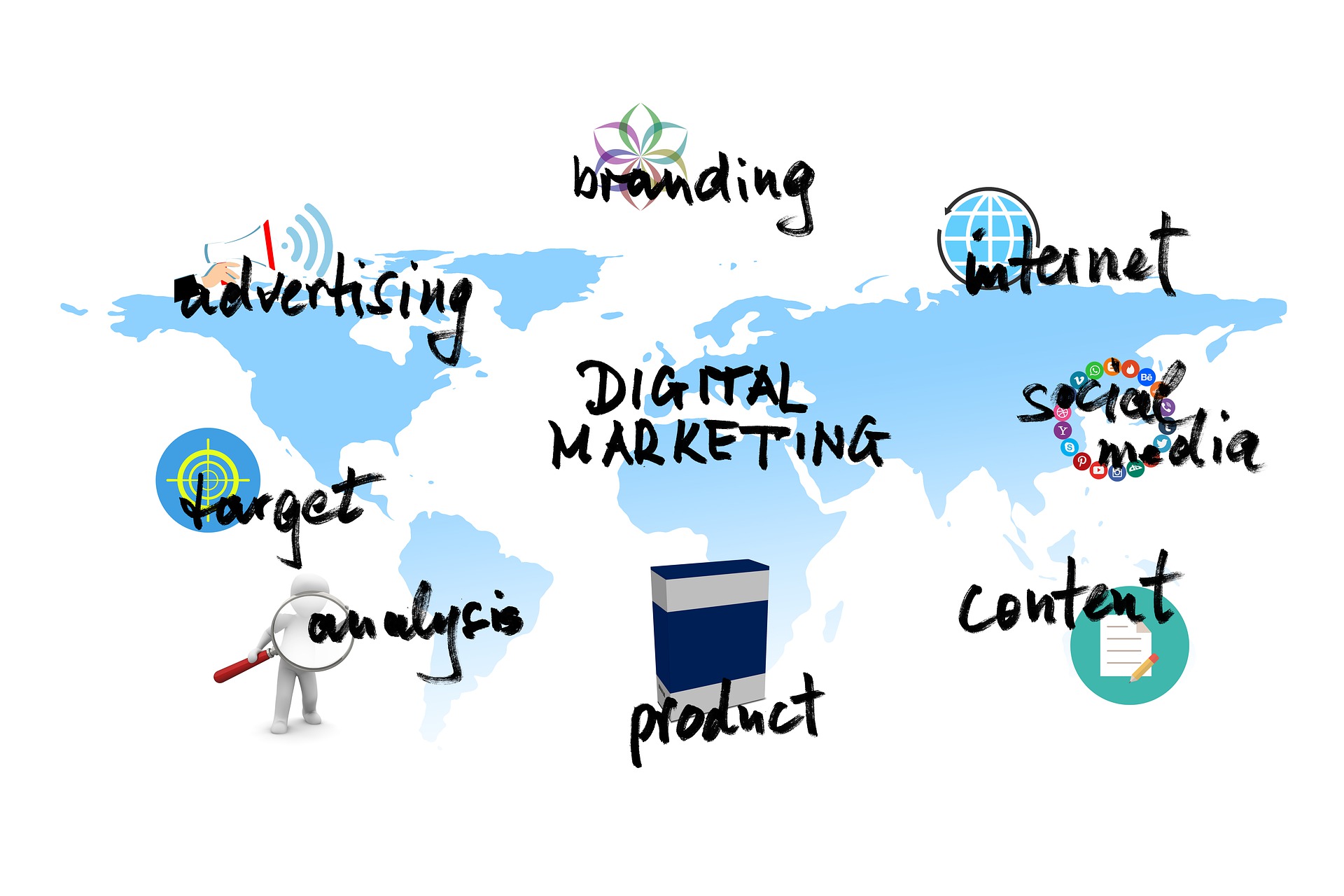
Critical for digital commerce are a defined strategy and well-structured plan. Every component of the plan should have a clear objective. That gives all initiatives a North Star and the means to measure results.
Objectives & Key Results (known as OKRs) must be precise and individualized to a particular channel or campaign. Additionally, being quantifiable gives a basis for benchmarks, forecasting and validating performance.
Examples of measurable goals are:
- New customer acquisition
- Existing customer retention
- Conversions
- Revenue, profit margins or incremental sales
- Search engine ranking and quality score
- SEO performance and organic traffic volume
- Market share, market penetration or new market entry
- Brand awareness, equity or advocacy
- Competitive advantage and positioning
- Audience targeting and personalization
- Customer journey and UX performance
Gaining attention and visibility online is just the start. Lead activation, user engagement and triggered activations require an emphasis on brand image, tailored messaging, tactical design, intrinsic interface, and imperative solutions, all with the aim to improve the bottom line.
When pursuing web-based sales, what matters most? It happens in a split second – the user makes a high-speed assessment of the following:
- Relevancy
- Value
- Evidence of Meeting their Need, Interest or Pain Point
- A Compelling and Resonating Experience
- Seamless and Intuitive Path
Once there is satisfaction with those five factors, the user pays attention to more nuanced aspects of your digital display. If anything causes confusion, frustration, distrust or uncertainty, abandonment is assured.
A brand develops relationships through three primary communication channels.
Storytelling– used to achieve relevancy and expressed in a manner that elicits a positive response from the audience. Sharing the brand story, whether through social media, digital ads, videos, blogs or other conduits, reveals the heart of the brand, using an authentic voice to craft it’s history, mission, purpose and passion.
Engagement – used to achieve awareness and interaction across platforms and programs. The pillars of marketing are rooted in the perception and visualization of the brand. Positioning and distinction in the market requires highly engaging content, dynamic customer journeys, and the ability to showcase brand attributes and features that serve as proof points for the customer.
Producing Resources – used to achieve value, the focus is on providing the audience with information, insights, ideas, new concepts, popular trends and proven best practices. Knowledge hubs about products, services or solutions are designed to demonstrate the brand’s authority and expertise. Trust of a brand is boosted when a user benefits from the relationship beyond a purchase.
A deep understanding of the customer is the power source for every high-performing digital platform. The journey from awareness to action often has a myriad of touch points, micro moments, expectations and both conscious and unconscious reasoning. Your aim is to convey the brand’s differentiators and benefits in ways that instigates and incites a reaction.
Consider incentives as a catalyst. The psychology of buying has a range of impetus.
The models encompass:
- Urgency
- Best deal
- Assurance and confidence
- Motivation to finish
- Social proof
- ‘Fear of loss’ emotions
- Allegiance
- Rewards
- Triggering an impulse
Consumer behaviorism includes evaluating pros and cons, reasoning and inspiration, and making decisions at a rapid pace. With that in mind, the digital experience must immediately affirm that your brand offers the best value, opportunity, product, service, or solution, which is relevant to their need, interest or pain point.
A major advantage of digital commerce is the ability to continually test and analyze performance. Data provides insights on effectiveness, impact and outcomes. For escalation and monetization, it’s essential to customize for each persona, execute iterative experiments, gauge levels of production and functional efficiency, score leads, and calculate ROI.
The growth garments that outfit marketing online: know, map and prioritize your customers, design persuasive messaging and experiences that illustrate your value, set a North Star for each program, quantify and measure, analyze models for key indicators, and respond to user signals. Take time to stitch together your strategy!